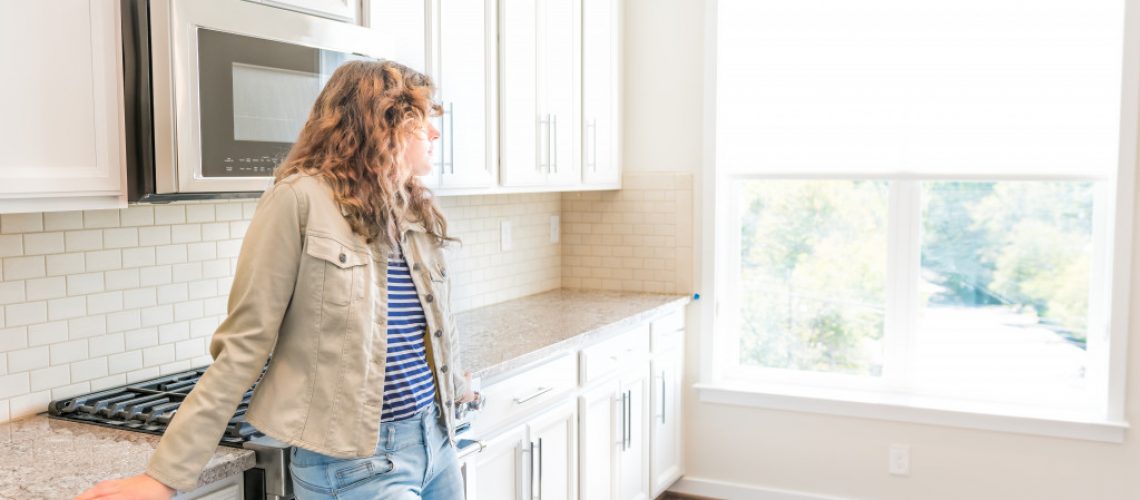Before taking any step towards homeownership, you must plan your budget. The more you know about how much you’ll be spending on utilities or furnishings, the easier it will be to set homeowner goals. Budgeting doesn’t mean that you won’t be able to splurge once in a while, but it does mean that you understand what’s most important.
Budgeting for homeownership can be overwhelming at first, but it is possible. Of course, financial literacy is necessary before you start deciding how big of a house you can buy. And once you’ve bought the home, it is also important to be financially responsible to avoid foreclosure.
To begin with, homeowners should know that one of the biggest expenses is their utilities. This is because your house needs electricity, water, heating, and air conditioning. But you are free to choose suppliers for the utilities that you need. It would be best to take your time to decide what’s right for you. Researching house listings in the real estate market will help you avoid making mistakes when creating your budget for homeownership.
With some effort, you’ll be able to manage the house budget and stay within your limits. However, you must also set house owner goals and follow them to avoid making common mistakes. That said, here are five steps that you can take to make a feasible budget for homeownership:
Step 1: Calculate the House Price
This can be done by factoring in taxes and other fees related to homeownership because this is the base of your budget. Researching what houses are worth in your neighborhood is also an important aspect of budgeting for homeownership.
It would be practical to do research and figure out what you can actually afford. So, if you know that the asking price is higher than what you can afford, then it’s time to move on because there are other houses out there that won’t break your bank.
Step 2: Take Care of House Repairs
To avoid any inconveniences later on, you will need to take care of house repairs that can be expensive. If you decide to buy a house that needs repairs, you must set money aside for them. But make sure to follow the budget set aside for repairs and not go over it.
This is because doing so can affect your chances of paying your mortgage on time, which will affect your credit score. So, make it a goal to repair the home first and keep within your budget, but also try to keep an eye out for any other problems that may arise.

Step 3: Plan for Miscellaneous Expenses
Homeowners should consider insuring their homes to avoid expensive problems later on. But the best way to ensure that all your bases are covered is by talking to an independent agent about what type of coverage would work best for you and your family.
Other expenses can include property taxes and possibly a home security system. While these expenses might seem harsh to budget for at first, you must have a plan before signing the contract. That way, you won’t be stuck with any surprises once your homeownership journey begins.
Step 4: Consider the Furnishings for the House
If you are shopping for new furniture, it is important to remember that buying all at once might not be the best option. To stay within the budget, make sure to set aside funds every month for home furnishings. This way, you won’t end up spending more than you can afford.
Remember that buying all at once means you might overspend on furniture, and the wrong pieces of furniture might end up in your home. This is why it is important to plan, even if it means making a list of what each room needs before going out to shop.
Step 5: Include Your Monthly Expenses
Finally, budgeting for monthly expenses like utilities, groceries, and even healthcare costs should be part of your homeowner’s budget. You should also plan for unexpected expenses so that you can stay within their limits.
Preparation is key to successful budgeting for homeownership and sticking to the house owner’s to-do list. Budgeting for homeownership takes time and effort, but it’s the only way to achieve your goals without making any mistakes. That’s why you shouldn’t skip out on this important step.
Homeownership comes with great responsibility, but it also has a lot of great benefits if you do it right. So, take your time to make a plan and stick to it. That way, you can avoid making common mistakes and eventually own the dream house you’ve worked so hard for.

